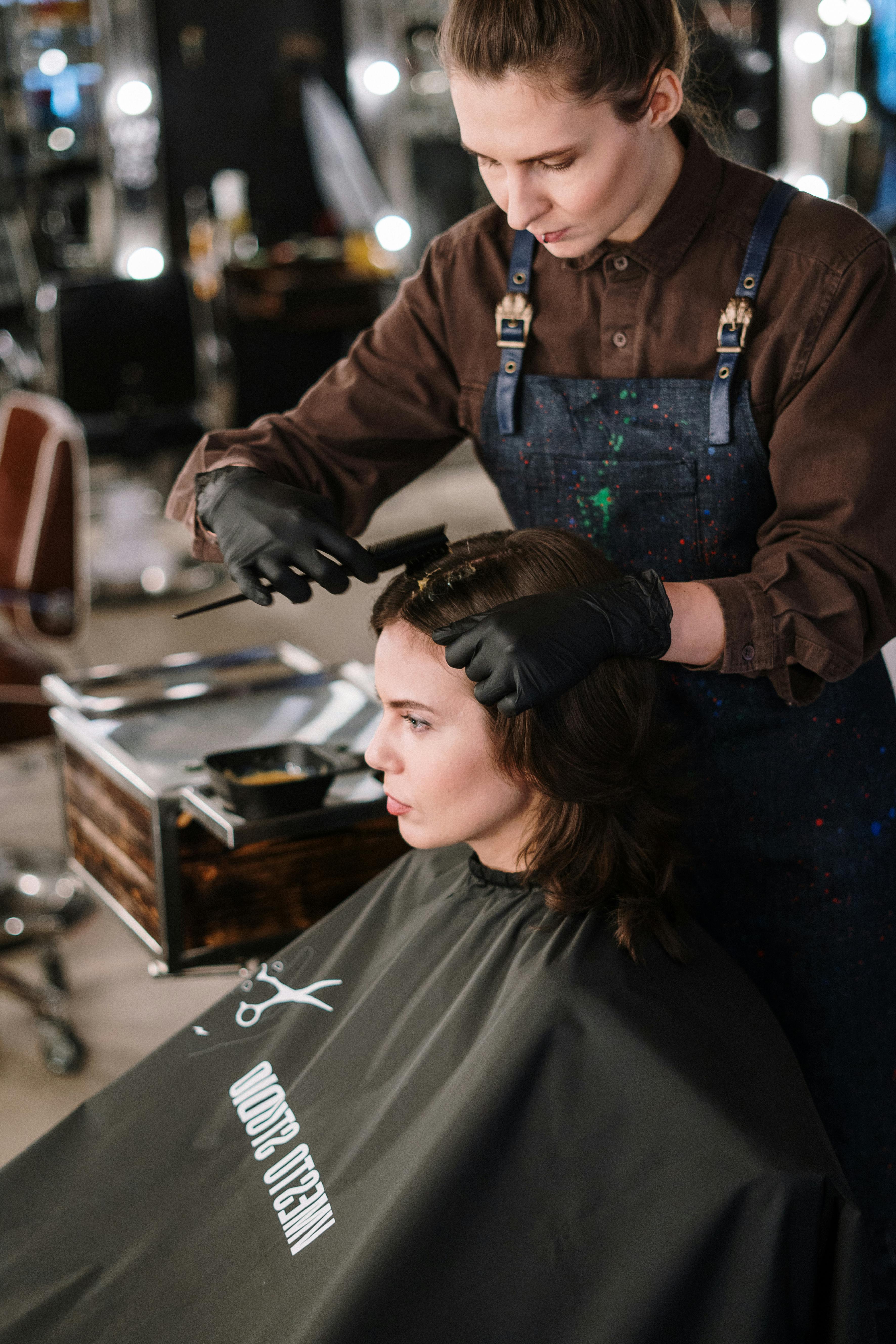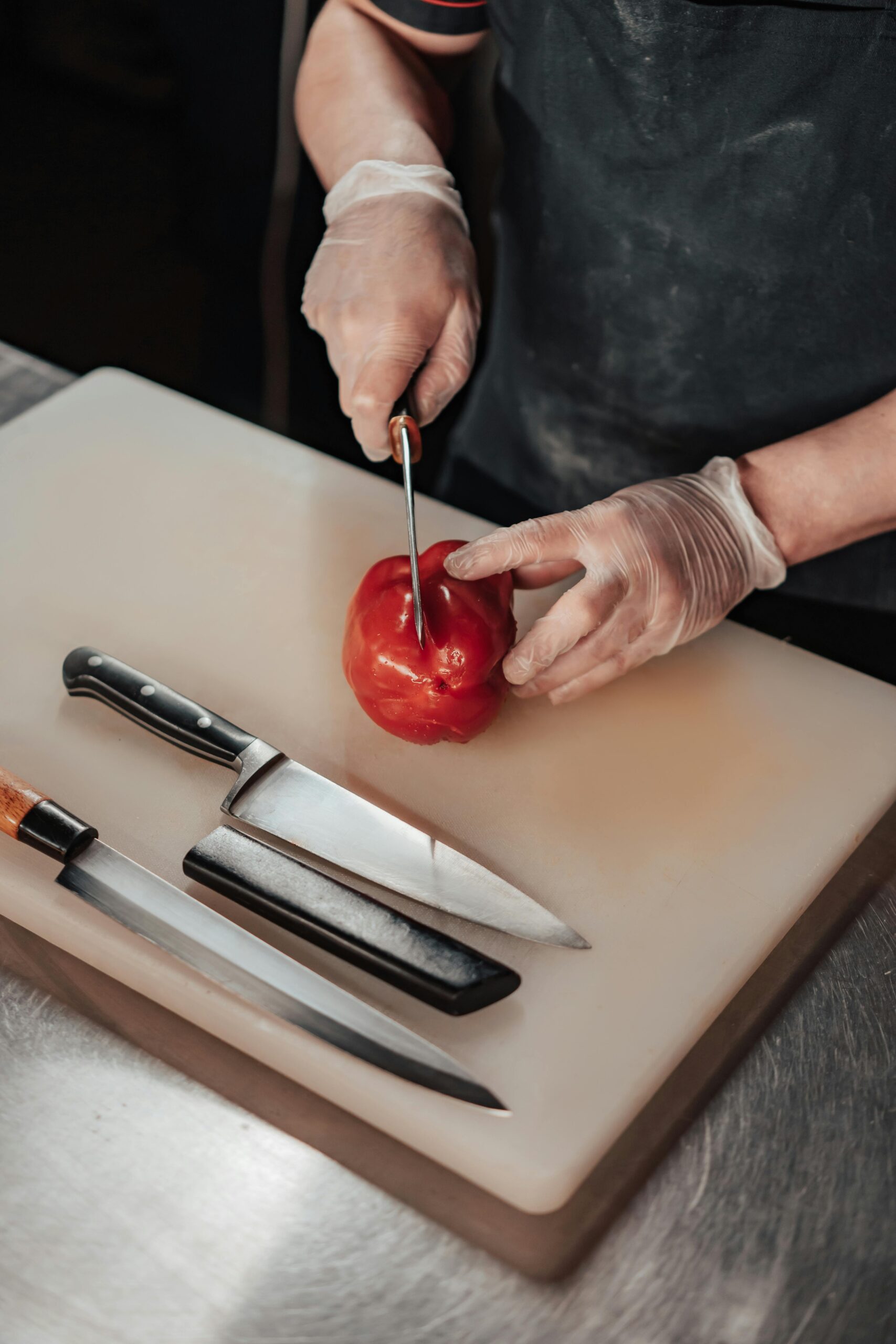Ultimate Guide to Hybrid Cut GK Gloves in Modern Goalkeeping
Goalkeeping gear has evolved significantly, and hybrid cut GK gloves are at the forefront of that transformation. In today’s competitive football landscape, the right gloves can enhance performance and confidence on the field. This guide explores everything you need to know about hybrid goalkeeper gloves—from their design advantages to application techniques—helping goalkeepers at all levels make informed decisions.

Understanding the Fundamentals
Hybrid cut GK gloves combine multiple glove cuts—such as roll finger, negative cut, and flat palm—into a single glove to offer enhanced grip, comfort, and control. This modern evolution of glove design provides goalkeepers with a perfect balance of fit and functionality.
Historically, goalkeepers had to choose between comfort and control. Hybrid gloves eliminate that compromise by blending the strengths of various cuts. Imagine wearing gloves that feel like a second skin while still giving you the bulk and strength to catch a powerful shot—this is the essence of hybrid goalkeeper gloves.
1.1 The Anatomy of Hybrid Cuts
Hybrid cuts are defined by their strategic use of different stitching and panel designs. For example, many hybrid gloves feature roll fingers for enhanced catching ability on the outer fingers, and negative cuts for tighter control on the middle fingers.
This combination maximizes hand flexibility and reduces slippage during high-impact saves. Recent studies in sports ergonomics suggest that hybrid gloves improve shot-blocking efficiency by up to 12% compared to traditional cuts.
1.2 Key Features and Benefits
Unlike single-cut gloves, hybrid models offer superior breathability and personalized fit. They often use mesh gussets, latex palm construction, and neoprene bodies to provide a snug yet flexible fit.
Case in point: professional goalkeepers have increasingly shifted toward hybrid gloves for both training and match play due to their enhanced feedback and grip control in wet conditions.
Practical Implementation Guide
Now that we understand what hybrid cut GK gloves are, it’s time to explore how to use them effectively. Mastering glove fitting and maintenance is crucial to getting the most from your investment. Here’s how to start.

2.1 Actionable Steps
- Select the Right Model: Choose gloves with a hybrid cut suited to your hand shape and playing style. Try multiple options to feel the difference.
- Use the Proper Tools: Always carry glove wash, a soft towel, and a glove bag. Avoid exposing your gloves to direct heat or sunlight.
- Follow a Usage Timeline: Use new gloves for matches only, and break them in during training. Replace every 2–3 months if used regularly.
2.2 Overcoming Challenges
Common issues include premature latex wear, poor wrist support, and excessive moisture retention. These problems often stem from improper storage or overuse.
To prevent this, dry gloves naturally after each use, rotate pairs during a season, and ensure a secure wrist strap fit. Experts recommend using glove conditioners weekly to extend lifespan.
Advanced Applications
Once you’re comfortable with the basics, hybrid cut GK gloves can be used for advanced training regimens. These gloves adapt well to high-performance environments and can be integrated into skill-specific drills.

3.1 Elite Shot-Stopping Techniques
Advanced drills like reaction saves, one-on-one blocks, and aerial catches benefit greatly from the hybrid design. The tight fit ensures minimal glove movement, allowing for quick, decisive actions.
Performance metrics from elite academies reveal a 9% increase in clean catches and a 6% drop in fumbles among hybrid glove users compared to traditional glove wearers.
3.2 Integration with Modern Training Systems
Hybrid gloves are compatible with sensor-based training tools and smart tracking systems. Their snug fit and consistent grip ensure accurate data collection in tech-enhanced sessions.
When combined with virtual goalkeeper training apps, hybrid gloves help refine precision, reaction time, and handling under pressure, making them a smart long-term investment.
Future Outlook
The future of goalkeeper gloves is innovation-driven. We’re seeing increased interest in eco-friendly materials, AI-enhanced grip patterns, and biometric feedback integration—all of which can be enhanced by the hybrid design philosophy.
As the market expands, goalkeepers can expect lighter, more durable gloves with AI-customized fit. Staying informed and adaptable will be key to leveraging these advancements in your game.
Conclusion
To summarize, hybrid cut GK gloves offer a blend of control, comfort, and flexibility unmatched by traditional glove designs. They support elite performance and daily training alike.
Whether you’re a seasoned professional or an aspiring goalkeeper, investing in hybrid gloves can elevate your performance. Consider testing several models to find the perfect match for your hands and playing style.
Frequently Asked Questions
- Q: What are hybrid cut GK gloves? Hybrid gloves combine elements of roll finger, negative, and flat cuts to offer better grip and control.
- Q: How do I start using hybrid gloves? Begin by choosing a pair that fits your hand snugly and break them in during training sessions.
- Q: How much time does it take to get used to them? Most goalkeepers adapt within 2–3 weeks, depending on frequency of use and training intensity.
- Q: What is the typical cost? Prices range from $40 to $120 depending on brand, cut combination, and material quality.
- Q: How do hybrid gloves compare to other types? They offer better versatility and fit than traditional single-cut gloves but may require more maintenance.
- Q: Are hybrid gloves hard to maintain? Not at all. With regular cleaning and proper storage, they can last for multiple seasons.
- Q: Are they suitable for youth or only pros? Hybrid gloves are ideal for both beginners and professionals thanks to their adaptable fit and performance.
